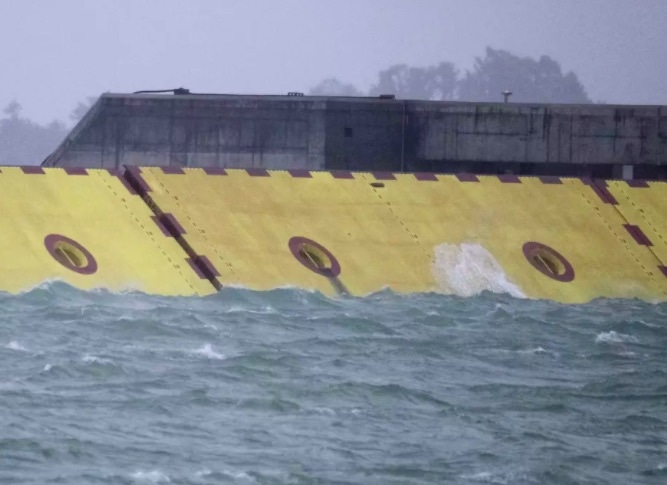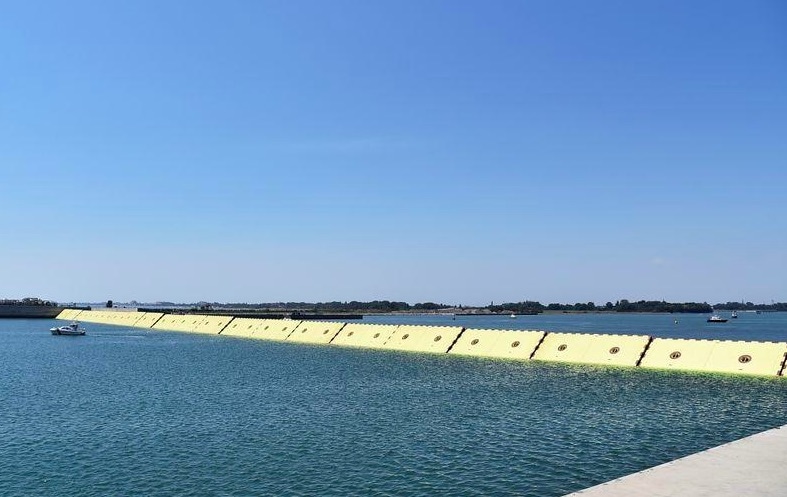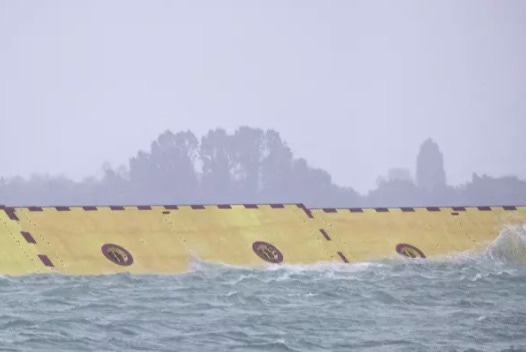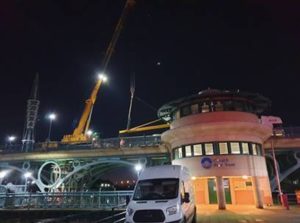Mose flood barrier scheme used for the first time, in Venice, Italy

A new flood barrier in Venice has been successful in saving the city from floods for the first time.
Engineers had promised ‘Mose’ would work, but sceptics had questioned whether the system would be up to the task, according to World Economic Forum.
But the flood barrier successfully protected Venice from a high tide, bringing relief to the lagoon city.
The network of 78 bright yellow barriers that guard the entrance to the delicate Venetian lagoon lifted from the seabed as the tide, driven by strong winds and rain, started to climb.
City officials had forecast a tide of 130cm, well below the devastating 187 cm tide that battered Venice last November, but enough to leave low-lying areas deep under water.
“Today is an important day, an historic day because we should have been full of water by now and instead, we are dry,” said Massimo Milanese, manager of the Lavena Cafe in St. Mark’s Square.
Venice’s floods are caused by a combination of factors exacerbated by climate change – from rising sea levels and unusually high tides, to land subsidence that has caused the ground level of the city to sink.
Mose is designed to protect Venice from tides of up to 3m.
Read the full article in the World Economic Forum.












